Watch live with us as a “ring of fire” eclipse travels across the United States on Oct. 14, 2023, from Oregon to Texas. This event occurs when the Moon passe…
Category: space – Page 323
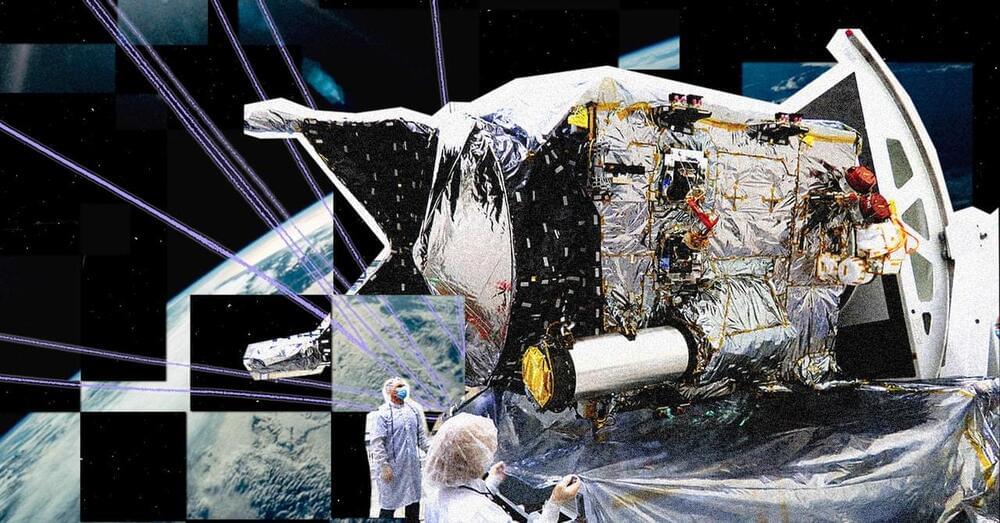

NASA’s SPICES sensor to assess the origins of matter in space
It will detect plasma in space and track it back to the Sun, planetary atmospheres, comet tails, and interstellar space.
NASA is working on a concept similar to a hidden decoder ring with which you can read a secret message containing significant information about the objects around you: where they originated from, why they are there, and what will happen to them in the future.
Now, consider the secret decoder ring, a sensor that can be launched into space to reveal secrets about matter in the solar system. Where did this matter come from, how did it get electrified, and how can it affect humanity on Earth and in space?
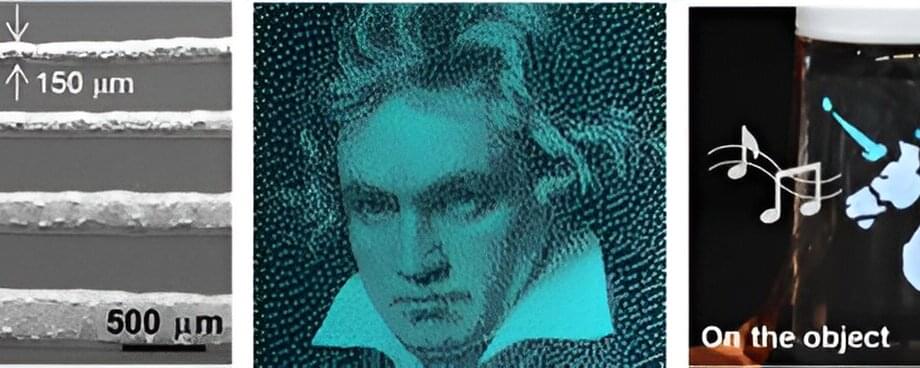
Research unveils stretchable high-resolution user-interactive synesthesia displays for visual–acoustic encryption
The future of human-machine interfaces is on the cusp of a revolution with the unveiling of a groundbreaking technology—a stretchable high-resolution multicolor synesthesia display that generates synchronized sound and light as input/output sources. A research team, led by Professor Moon Kee Choi in the Department of Materials Science and Engineering at UNIST, has succeeded in developing this cutting-edge display using transfer-printing techniques, propelling the field of multifunctional displays into new realms of possibility.
The team’s research is published in the journal Advanced Functional Materials.
Traditionally, multifunctional displays have been confined to visualizing mechanical and electrical signals in light. However, this pioneering stretchable synesthesia display shatters preconceived boundaries by offering unparalleled optical performance and precise sound pressure levels. Its inherent stretchability ensures seamless operation under both static and dynamic deformation, preserving the integrity of the sound relative to the input waveform.
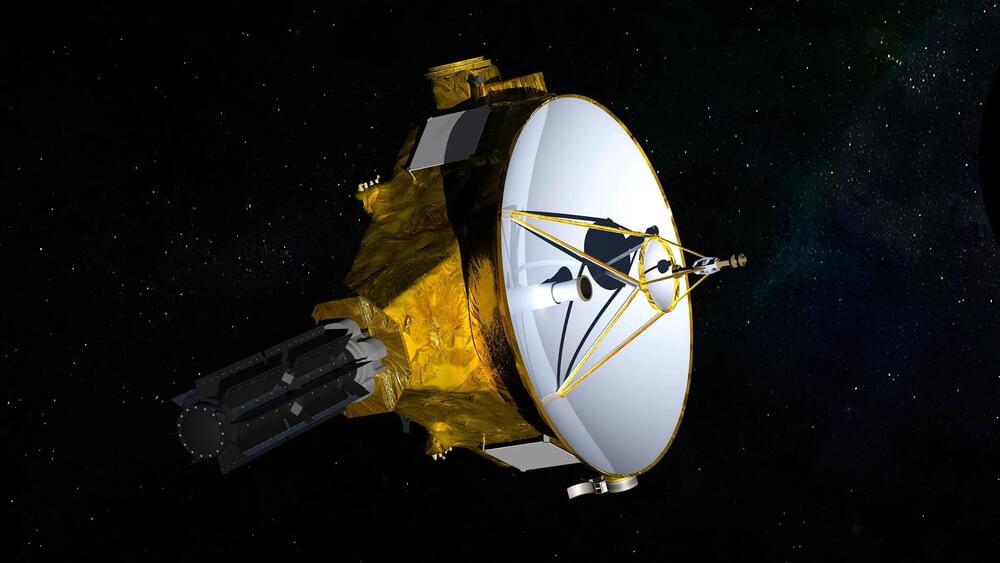
Far Beyond Pluto: NASA’s New Horizons To Continue Exploring Outer Solar System
New Horizons’ mission of exploration of the outer solar system will continue, according to a recently announced updated plan from NASA.
Beginning in fiscal year 2025, New Horizons will focus on gathering unique heliophysics data, which can be readily obtained during an extended, low-activity mode of operations.
While the science community is not currently aware of any reachable Kuiper Belt.
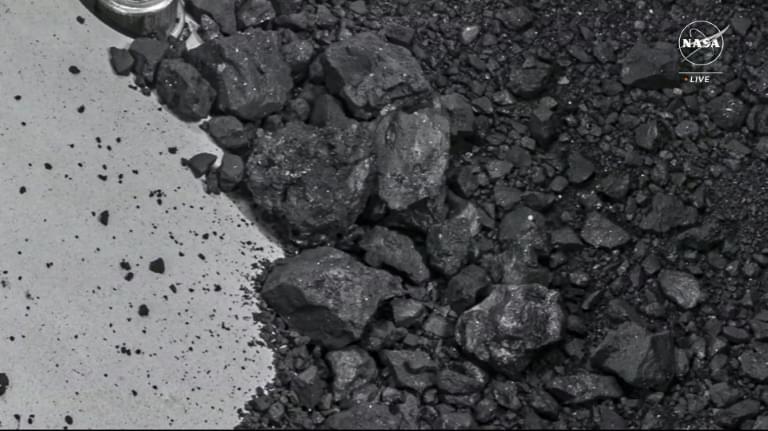
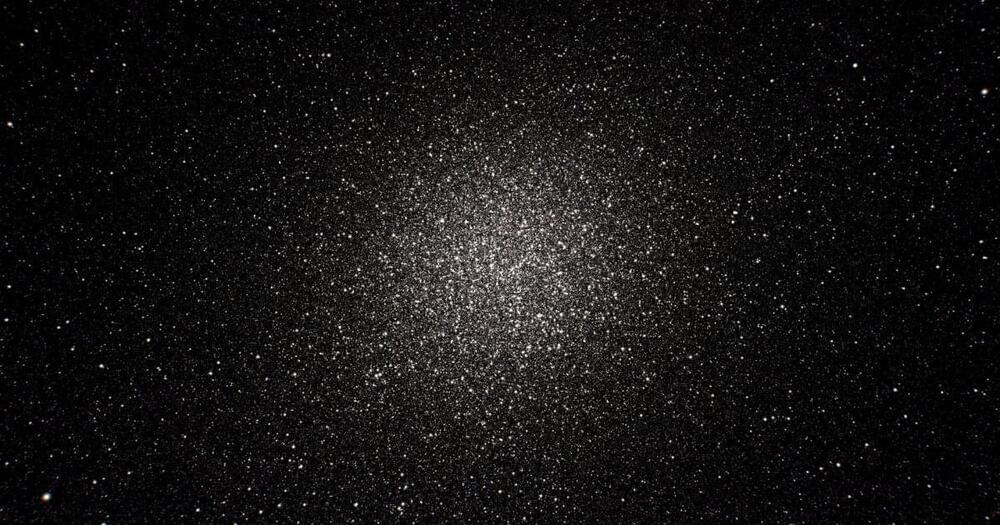
Gaia discovers half a million new stars in Omega Centauri
This week saw the release of a treasure trove of data from the European Space Agency’s (ESA) Gaia mission, a space-based observatory that is mapping out the Milky Way in three dimensions. The newly released data includes half a million new stars and details about more than 150,000 asteroids within our solar system.
The overall aim of the Gaia mission is to create a full 3D map of our galaxy that includes not only stars, but also other objects like planets, comets, asteroids, and more. The mission was launched in 2013 and the data it collected is released in batches every few years, with previous releases including data on topics like the positions of over 1.8 billion stars.
The new data release fills in some gaps from previous releases, particularly in areas of the sky that are densely packed with stars — such as the Omega Centauri globular cluster, shown above. The new view of this cluster shows 10 times as many stars as the previous data, with a total of 526,587 new stars identified.
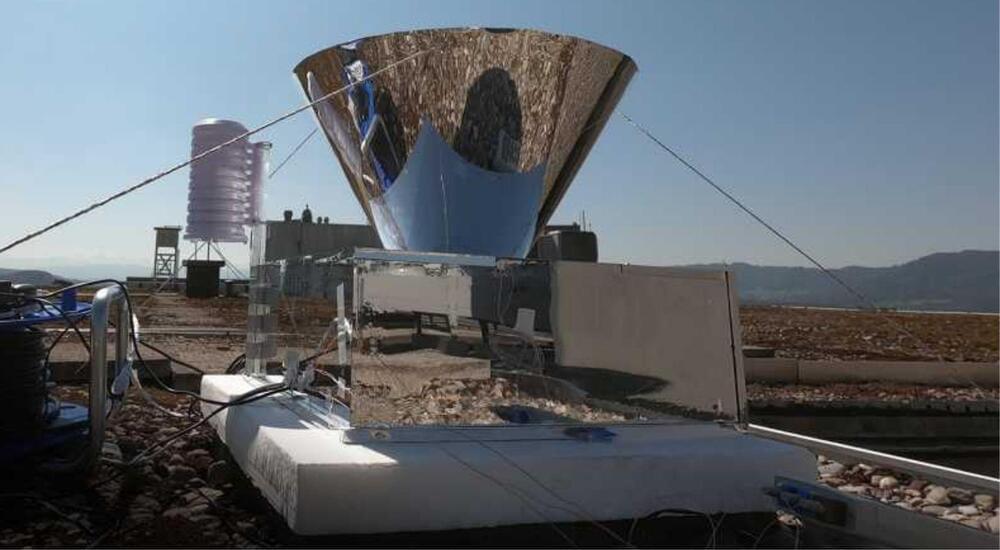
A New Condenser Can Harvest Drinking Water from the Air 24/7
Global warming has severely impacted the supply of fresh water in many parts of the world. Coastal communities have resorted to salination plants while those in the far interior have no option but to extract water from the air. Most of these techniques are energy-intensive or only work under certain conditions. Now, a new technology developed by researchers at ETH Zurich can help humanity access fresh water 24 hours a day and without spending any energy.
The technology might not look so sophisticated at first, and one might just say that it’s just another regular glass pane. But only the researchers who developed it will tell you that this glass pane is coated with special polymers and silver layers that give the glass properties to reflect solar radiation and also emit heat directly into outer space.
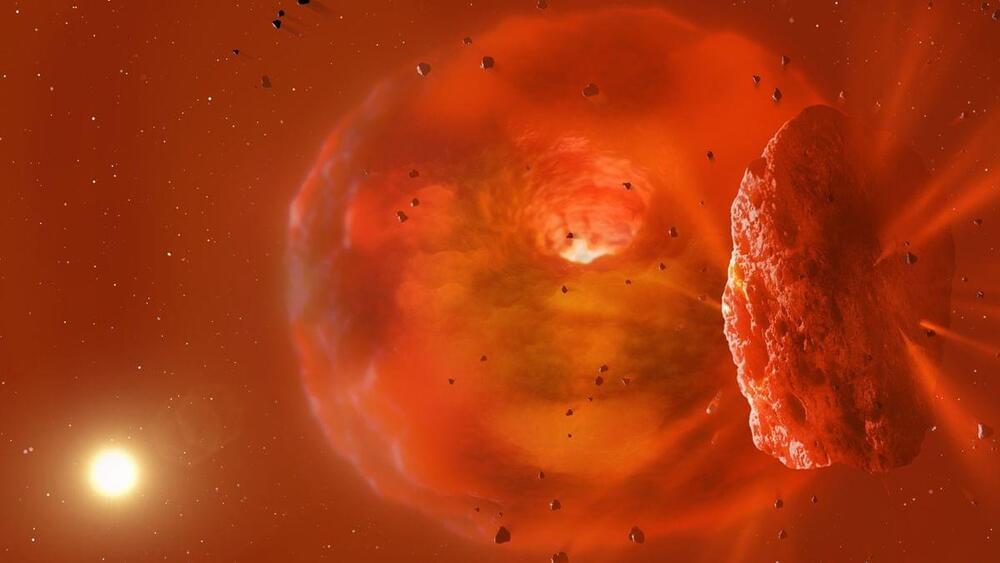
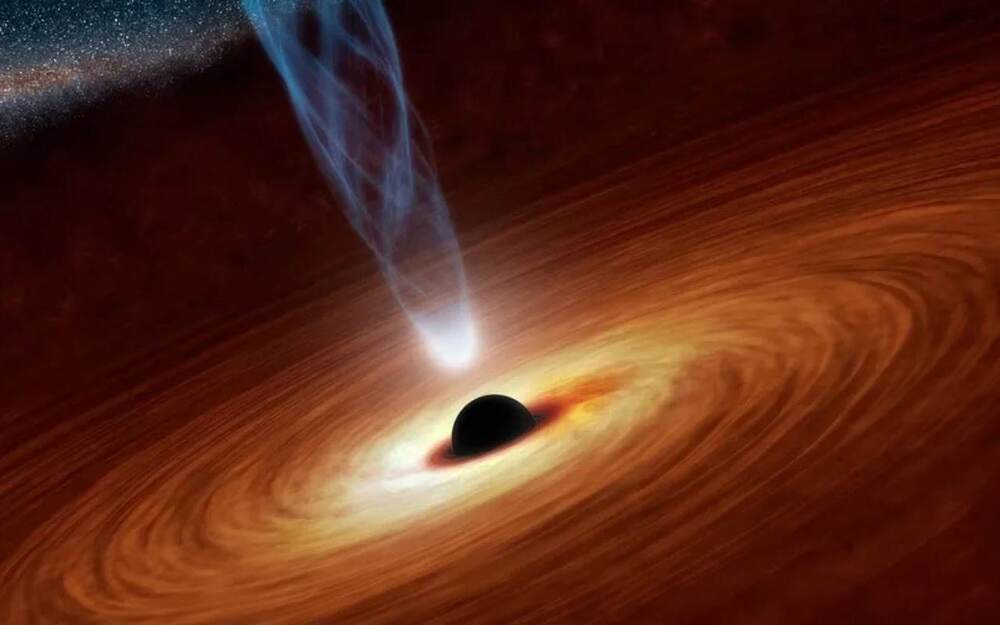
A New Study Challenges Newton and Einstein’s Theory of Gravity
A new study reports conclusive evidence for the breakdown of standard gravity in the low acceleration limit from a verifiable analysis of the orbital motions of long-period, widely separated, binary stars, usually referred to as wide binaries in astronomy and astrophysics.
The study carried out by Kyu-Hyun Chae, professor of physics and astronomy at Sejong University in Seoul, used up to 26,500 wide binaries within 650 light years (LY) observed by European Space Agency’s Gaia space telescope. The study was published in the 1 August 2023 issue of the Astrophysical Journal.
For a key improvement over other studies Chae’s study focused on calculating gravitational accelerations experienced by binary stars as a function of their separation or, equivalently the orbital period, by a Monte Carlo deprojection of observed sky-projected motions to the three-dimensional space.